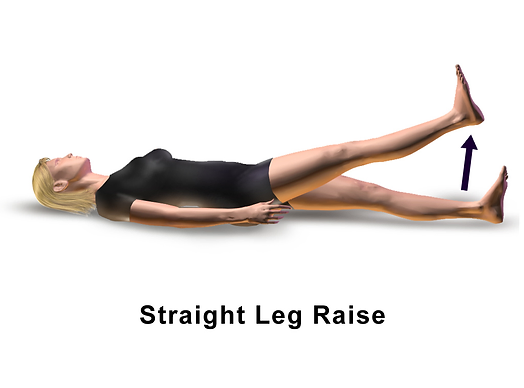ACL Reconstruction

Anterior Cruciate Ligament (ACL) Injury and Reconstruction
An ACL injury is a very common injury. Patients may sustain this injury during various activities such as soccer, skiing, basketball, or falling from the stairs. An MRI scan is required to evaluate the condition properly.
Partial tears may be treated with physiotherapy, but complete ACL tears will require surgery to reconstruct, in order to restore the patient’s function and protect the knee for the years to come.
To reconstruct it, we most commonly use the patient’s own Hamstring tendons, which is the best option. The other option is an allograft (from another person). We perform the reconstruction using a trans-portal technique, performing either a single-bundle or double-bundle reconstruction.
Before ACL surgery
Before surgery, it is important to:
1) apply cold compress to allow any acute swelling to settle
2) work on straightening your knee to ensure it can straighten fully
3) do Straight Leg Raise exercises to keep your quads strong
Minimally Invasive surgery
This surgery is done in a minimally invasive way (key-hole surgery). There will be one 3 cm to 4cm incision used to harvest the hamstring tendons on the same leg, and three small 0.8cm cuts at the front of the knee. The harvested hamstrings will be inserted into the knee to replace the function of the damaged ACL. It will progressively fuse with your own bone.
Anterior Cruciate Ligament surgery
On the day of surgery, you will admit to the designated hospital at least 2 hours before the surgery time. The actual surgery takes about 1.5 hours, but patients may be in the Operating Theatre for 3 to 4 hours. This is due to the pre-op preparation and post-op monitoring.
After surgery, a hinged knee brace will be put on your knee to prevent your knee from moving too much.
On the day after surgery, the physiotherapist will teach you simple exercises to do while at home. Most patients stay 1 night in hospital for pain management.
After surgery
If your surgery did not involve cartilage or meniscus, you will be able to weightbear immediately using crutches. Crutches will be supplied from the hospital. After discharge, you should be able to cope on your own within the home, moving around using the crutches. If you have stairs at home, you should minimise going up and down the stairs, and have someone to assist you while you are on the stairs. Most patients use the crutches for about 2 to 4 weeks after surgery.
Recovery after ACL surgery
Recovery after ACL surgery is a lengthy process and the patient will have to be patient and participate in physiotherapy, which commences 2 weeks after surgery, and may last till 4 months after surgery, at weekly to fortnightly intervals. This is a general timeline for recovery, in terms of time after surgery:
1 month – walking fairly well
3 months – brisk walking/swimming
4 – 4.5 months – jogging/running
8 – 9 months – return to jumping and pivoting sports
Driving after ACL surgery
If your operated knee is on the left and you drive an automatic car, you may be able to return to driving 2 to 3 weeks after surgery. If your operated knee is on the right or you drive a manual car, return to driving may be 4 to 6 weeks after surgery.
Time away from work
Time away from work is variable and depends on each patient’s work requirement. In our experience, it may range from 2 weeks to 6 weeks.

Straight Leg Raise exercises that you should do before the surgery to keep your quads strong.

A hinged knee brace. As you recover, the angle on the brace will be increased to let you bend your knee more.


